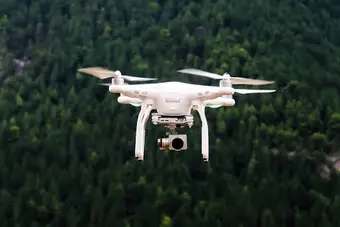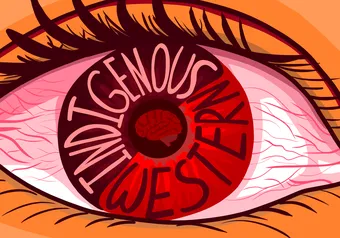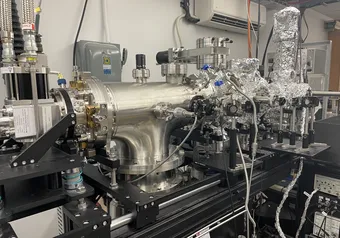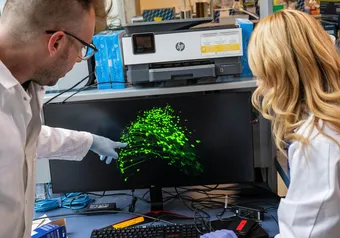As part of UBC’s Remote Communities Drone Transport Initiative program, Drone Delivery Canada (DDC) has been selected to deliver COVID-19 medical supplies to the Stellat’en First Nation community.
In a January 2021 press release, UBC’s faculty of medicine announced it had received a $750,000 grant from the 2020 TD Ready Challenge to “deploy drone technology to fly necessary health care supplies into rural and remote communities of British Columbia during the COVID-19 pandemic.”
Upon selecting the Stellet’en First Nation community for the pilot study, drone technicians and representatives from UBC’s Faculty of Medicine, First Nations Health Authority and the Stellat’en First Nation community have been working together on the project.
Flying beyond the barriers
Communities geographically isolated from large health centres are disadvantaged when it comes to accessing primary, specialty and emergency health care, according to a press release featuring Dr. John Pawlovich, newly appointed rural doctors’ UBC chair and head of this drone delivery project.
In an interview with The Ubyssey, Pawlovich explained that the pandemic has made it more difficult for people and physical supplies to travel in and out of remote communities.
“[These] communities and the citizens in those communities just don’t have basic access to things like a COVID test,” he said. “That’s a gap in our health care system.”
Conversations around Stellat’en’s potential involvement in the pilot study were prompted by a general practitioner working in the community during the summer of 2020. This dialogue was pushed forward by the chief and council before Economic Development Officer Adam Patrick took over ground-level operations around April.
Patrick acknowledged how drone delivery can circumvent barriers, saying that “trauma from colonial institutions” has made it difficult for elders to enter health care institutions.
“So, saving people from that [trauma] by delivering them the health care that they need in their community with someone that they know and trust … is obviously an enormous benefit,” he said.
As he heads this project, Pawlovich aims to close gaps in “access to delivery” and advance people’s understanding of how technology can “strengthen” and “augment” health care delivery for remote communities across BC.
He said that he believes the project will transform care for everyone by “intentionally creating the capacity [and] the infrastructure to allow … [for] access to care.”
According to a May 2021 press release from DDC, the company had plans to start building drone-related infrastructure this summer — deliveries will last for one year and are anticipated to begin in the latter half of 2021. This will be DDC’s fourth First Nations project and its first in BC.
Chief Robert Michell also discussed the importance of drone delivery in addressing the needs of the Stellat’en community.
“Based on the isolated location of our community and the needs of our residents, drone transport may enhance our access to COVID-19 testing and medication without traveling and endangering other members of our community,” he said in the UBC faculty of medicine’s January 2021 press release.
Innovation ahead
Though the pandemic has posed a challenge, it has also highlighted the resiliency of these communities and the value of the integration of technology and health care.
Following provincial health leadership, monthly community meetings and other in-person communications shifted online in March 2020. Although it was “difficult” to quickly make that shift, Patrick is proud that “[the] community has really stepped up” and “embrace[d] technology.” As a result, Stellat’en had only one confirmed case of COVID-19 as of July 14, according to Patrick.
Pawlovich believes the program’s next steps are to gain a “better understanding of the local needs” and incorporate “the voices of communities.” As the technology matures, he hopes to eventually reach and translate the knowledge gained through this pilot study to remote communities across Canada.
Pawlovich and Patrick are “excited” by the project’s potential to benefit rural communities. Patrick emphasized the opportunity to open doors to youth in the community by letting them “engage with emerging science and technologies.”
However, Pawlovich stressed that there is much to be done to address the health care inequities that remote Indigenous groups face, including access to broadband internet for telehealth initiatives and education, access to speciality technologies and future delivery programs.
“I really want to emphasize this is a first step. This is not the step, it’s not the end of the steps. It’s just a small [step that] empower[s] rural communities to help with the movement of medical supplies, but also a lot of other things that potentially could benefit rural communities,” Pawlovich said.
First online
Share this article








